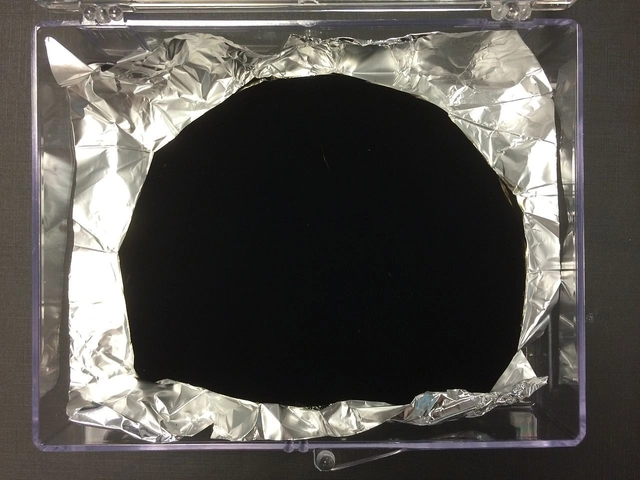
Much has been said about the darkest building in the world, designed by Asif Khan, for Hyundai's Winter Olympic pavilion this year. What’s more surprising about this blackest-of-black pavilion is really how bright it is inside. The imposing facade of Vantablack VBx2 encloses a series of radiant, playful rooms and the entire project is part of a joint effort by Hyundai and Asif Khan to use architecture and design principles to bring delight to Olympic visitors in Pyeongchang this year.












